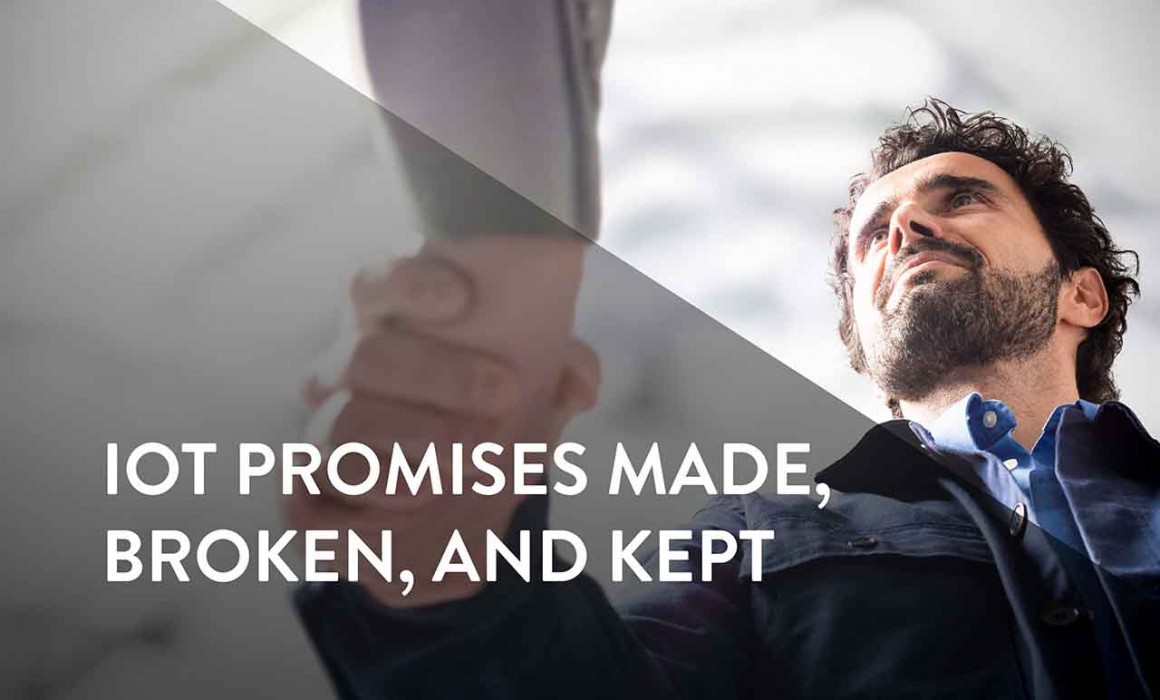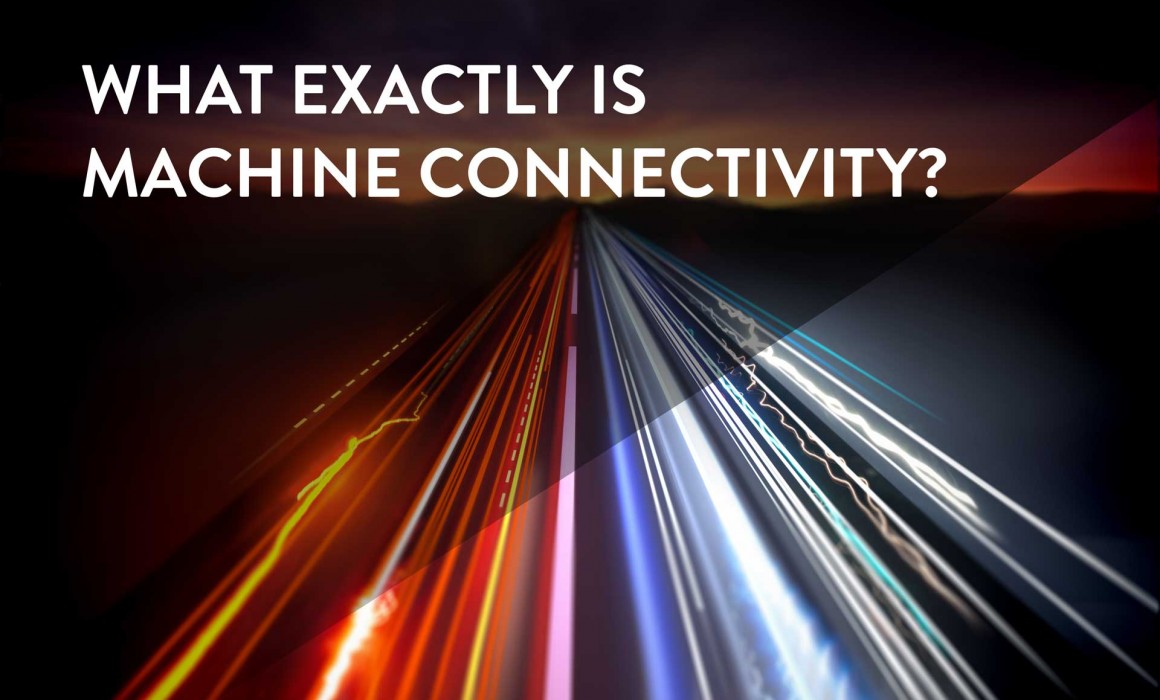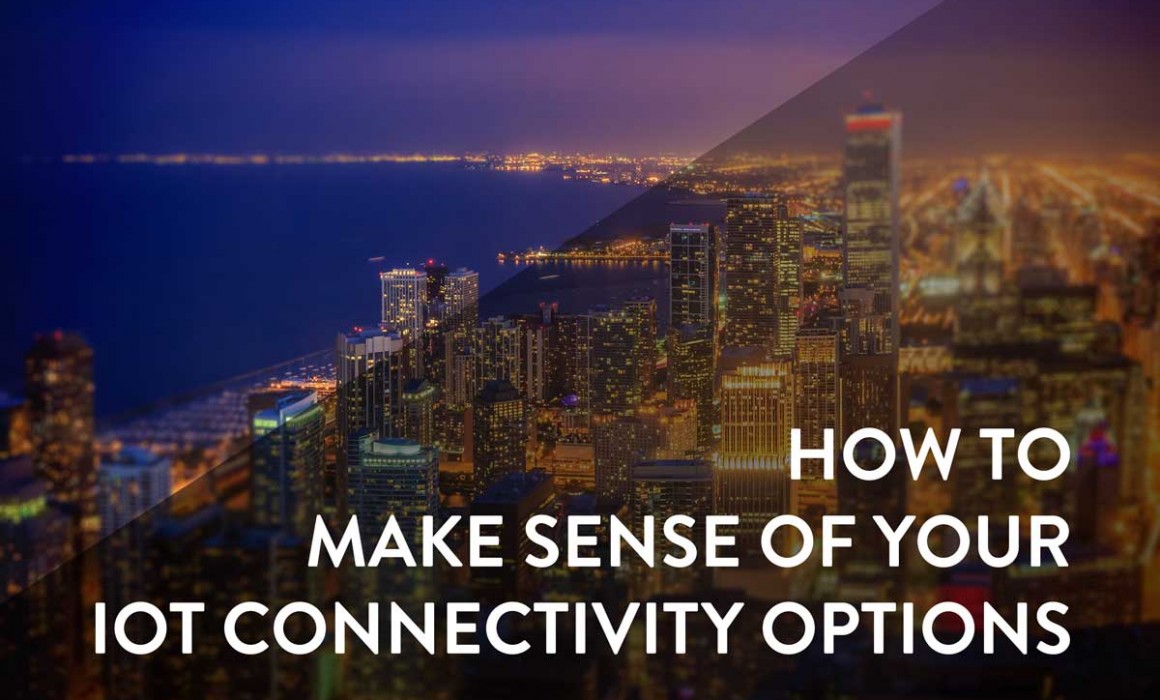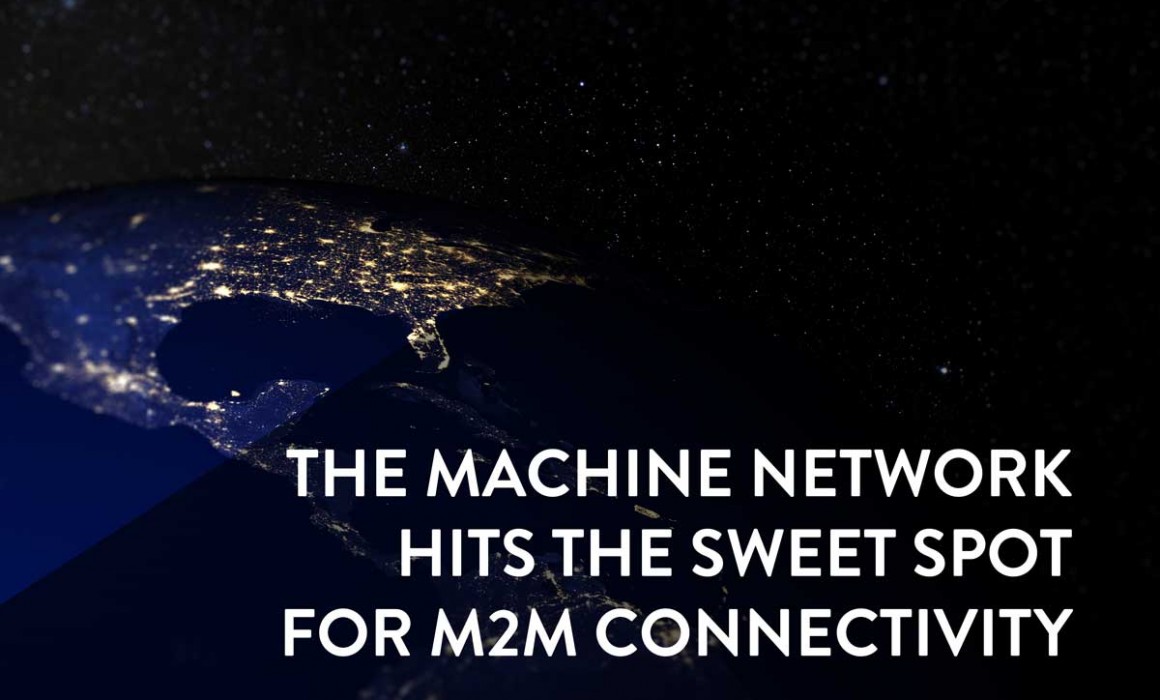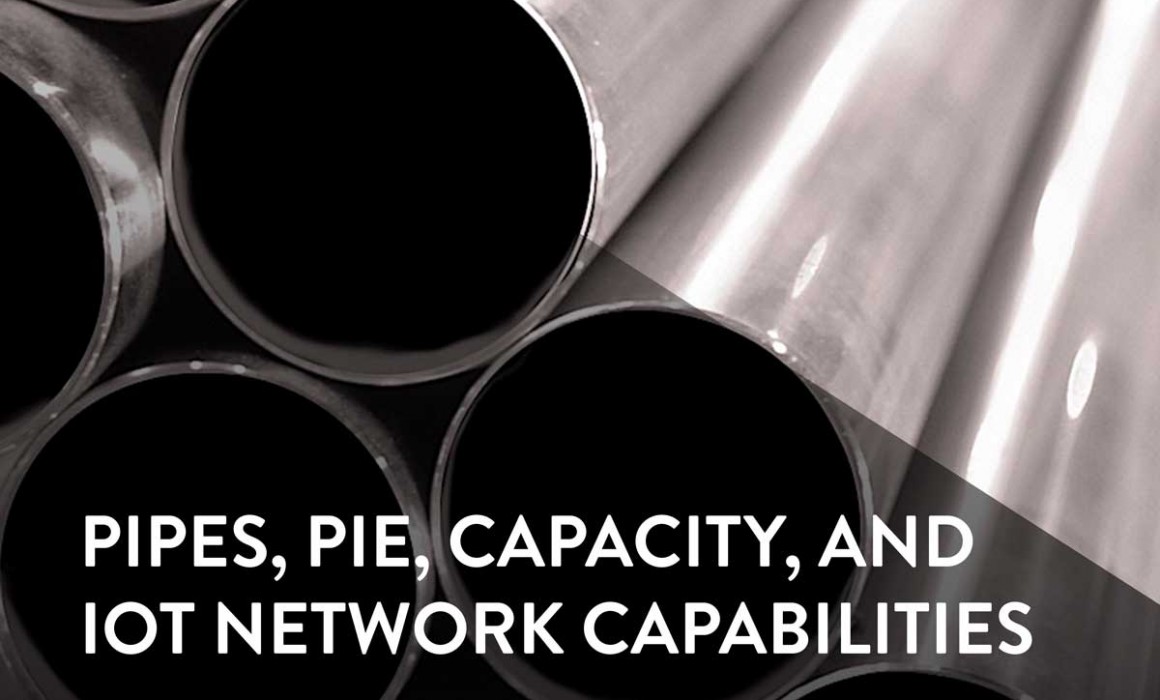How to Make Sense of Your IoT Connectivity Options
Anyone considering an M2M investment has many options. From local area solutions like a WiFi mesh network, or LPWA, to wide area solutions such as cellular or Ingenu’s own RPMA, the options can be baffling at first glance. There are a few questions you can ask yourself, and ask of each of the potential solutions to help simplify the decision process and get to the choice that makes sense for your situation.
First, you need to consider just how long you would like the solution to last you with little to no need to physically interact with the devices. Some solutions are driven by human data usage needs, like cellular. In the cellular case, you can expect network sunsetting every 5 to 10 years as newer generations of technologies are developed, like the upcoming 5G. Another issue to consider for how long the solution can last is scalability.
If your company has plans to grow, or could conceivably grow in the coming years, you should make sure that the connectivity solution can grow with you. A sneaky part of this question that you should understand is knowing whether your connectivity solution can grow with everyone using it. This is something called capacity scalability, and many IoT wireless solutions have the fundamental inability to scale as more companies use their services. Another aspect of scalability is simply the cost of coverage scalability. Many IoT wireless providers have extremely limited coverage per access point. That means putting up the infrastructure could be too costly to cover the areas you need served. Don’t limit your growth because your IoT wireless service provider can’t grow with you. There are other issues such as battery life that could limit the longevity of your devices’ usefulness.
Other criteria for simplifying your options include assessing what capabilities each provider offers. A top capability should be security along with true two-way communication. Finally, total cost of ownership should be used to help you understand the value you are receiving from your M2M investment. IoT connectivity is more than the device, and includes any sunsetting costs, maintenance, subscription costs, and others.
We’ve developed a great webinar that we invite you to attend to help you make sense of your IoT connectivity options. Go here to watch the webinar, grab the slides, and download the Q&As from the webinar.
IoT Battery Life
It may not be the lead-off topic you’re looking for as you make that big impression on your next date, but what IoT battery life lacks in flash, it makes up for in utility and consequence. Device power consumption warrants tremendous consideration when designing and deploying IoT/M2M solutions. This is most salient to consumers when they need to make an important phone call, only to have their battery die in mid-sentence. This exact scenario could happen to devices where battery life wasn’t properly considered or understood.
 For many years it has been more than acceptable to live within the limitations of consumer-grade battery life that offers comparable longevity to last night’s dinner. We are trained to fit the routine of plugging a cell phone into the wall on a daily basis. Likewise, we’ve been trained to think that as we develop M2M and IoT solutions that we must live within the same boundaries that restrict us as humans (i.e. cell phones, tablets, laptops). Those boundaries include depth and range of coverage, cost, and, of course, power consumption. The truth is that the wireless technologies that enrich our lives on one hand as humans are being used on the other hand as a retrofit to support a immense convoy of several billion machines that require an entirely different set of priorities and characteristics. Here are just a few considerations:
For many years it has been more than acceptable to live within the limitations of consumer-grade battery life that offers comparable longevity to last night’s dinner. We are trained to fit the routine of plugging a cell phone into the wall on a daily basis. Likewise, we’ve been trained to think that as we develop M2M and IoT solutions that we must live within the same boundaries that restrict us as humans (i.e. cell phones, tablets, laptops). Those boundaries include depth and range of coverage, cost, and, of course, power consumption. The truth is that the wireless technologies that enrich our lives on one hand as humans are being used on the other hand as a retrofit to support a immense convoy of several billion machines that require an entirely different set of priorities and characteristics. Here are just a few considerations:
- Frequency: Think for a minute about how many times in a day that you check your phone – you may have already checked it once or twice since you began reading this post. We consume data in a way that is frequent, requires large data packets, and is expected to be instant. During the intervals of quiet (when no data is being transmitted) these devices can go into a sort of hibernation that allows for immense power savings.
- Packet size: The Internet of Things, by contrast, is made up of all kinds of devices, sensors and machines that in most cases are sending significantly smaller pieces of data with far less frequency. Machines don’t have to be cordial and listen to your Aunt Susan’s rant about the local politicians, or download all of the imagery that is sent along with your other messages – it cuts directly to the point, as succinctly as possible.
- Data transmission protocols: These can vary greatly from human/consumer-based protocols. From UDP to TCP to a RESTful-based approach, machine communication protocols can greatly impact the power requirements of a device.
This is really just the beginning of the variables that impact the design and deployment of IoT solutions, related to power consumption. As such, devices with a minimum of 10-year battery life will quickly become the standard for Machine-to-Machine (M2M) communications. Download our white paper on battery life to find out what other secrets you can unlock to harness the battery power of IoT devices.
12
Recent Posts
Archives
Current Month
january, 2025
No Events
Tags
2.4 GHz
2.4 GHz Spectrum
2.4GHz Spectrum
2G sunset
Agriculture
asset tracking
battery life
capacity
Cities
congestion management
coverage
digital oilfield
environmental monitoring
Events
Glossary
Hardware Integration
How RPMA Works
IoT
ISM Band
LoRa
LPWA
LTE-M
Machine Network
Network Longevity
precision agriculture
PRMA vs Competition
rpma
RPMA Technology
RPMA vs Competition
security
sigfox
smart city
smart grid
Software Integration
Solution Partners
Unlicensed Spectrum
value


